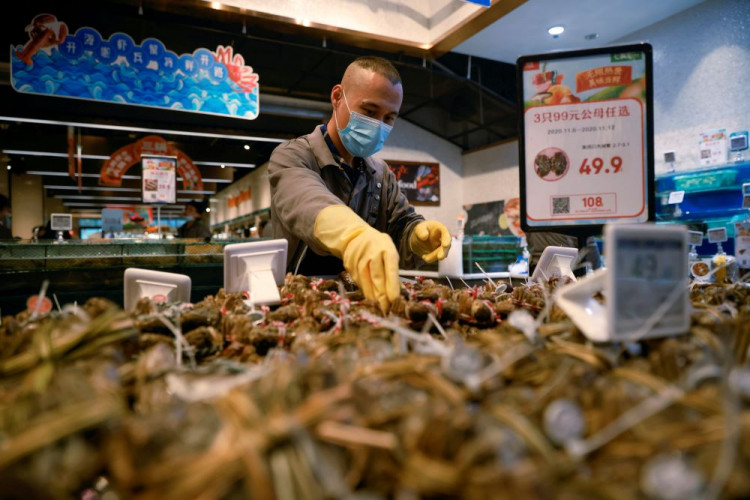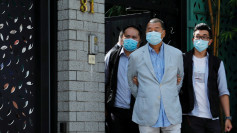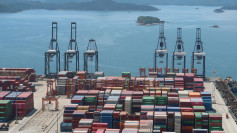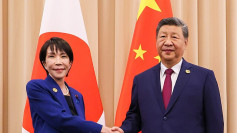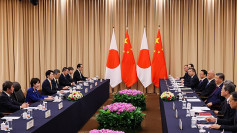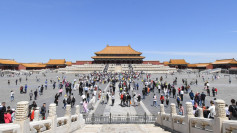China's economy is facing growing deflationary pressures as consumer inflation slowed to just 0.1% in December, raising fresh concerns about the country's economic recovery. Data released by the National Bureau of Statistics showed that wholesale prices also declined for the 27th consecutive month, highlighting the persistent challenges in revitalizing domestic demand despite months of stimulus measures.
The latest inflation data matched market expectations but marked a slowdown from November's 0.2% increase. Core inflation, which excludes food and energy prices, edged up to 0.4% year-on-year, reflecting tepid progress in boosting consumer spending. Producer price inflation, a key indicator of industrial activity, fell 2.3% from a year earlier, slightly better than analysts' expectations of a 2.4% decline.
The disappointing inflation figures come as Beijing grapples with the economic aftershocks of the pandemic and broader structural challenges. Weak demand and declining prices for goods, including food and industrial inputs, have stoked fears of a deflationary spiral that could undermine corporate confidence, deter investment, and exacerbate unemployment. Analysts point to parallels with Japan's deflationary struggles in the 1990s, warning of long-term stagnation if decisive action is not taken.
China's economy has been under pressure from a combination of factors, including a protracted property sector crisis, high youth unemployment, and rising trade tensions with the United States. Consumption, a crucial driver of growth, has failed to pick up despite Beijing's efforts to stimulate spending. In recent months, authorities have rolled out a series of targeted measures, including subsidies for consumer goods and tax breaks, but these initiatives have so far failed to generate significant momentum.
Food prices declined by 0.6% on a month-on-month basis in December, with fresh vegetables and fruits falling by 2.4% and 1%, respectively. Pork prices, a staple in the Chinese diet and a significant component of the consumer price index, dropped 2.1% month-on-month. However, on an annual basis, pork prices were up 12.5%, reflecting the broader volatility in food markets.
The decline in producer prices underscores the challenges facing China's industrial sector. A slowdown in infrastructure and real estate projects during the winter season has reduced demand for steel and other materials, contributing to the 0.1% month-on-month dip in PPI. Analysts warn that the ongoing weakness in industrial activity could further weigh on employment and income levels, compounding the difficulties in reigniting consumer spending.
China's currency has also come under pressure, with the onshore yuan hitting a 16-month low against the U.S. dollar. The weaker yuan reflects rising global headwinds, including expectations of tighter monetary policy in the U.S. and concerns over potential trade restrictions under the incoming administration of President-elect Donald Trump. Analysts fear that renewed trade tensions could further strain China's export-driven industries and exacerbate economic uncertainties.
At a December economic policy conference, Chinese officials pledged to prioritize "stabilizing growth" and "reviving household consumption" through more aggressive fiscal and monetary measures. However, details of these plans remain unclear, and economists are skeptical about their potential impact. "The current measures are insufficient to generate upward pressure on consumer prices," said Zhiwei Zhang, chief economist at Pinpoint Asset Management.
